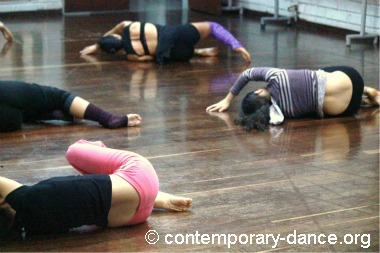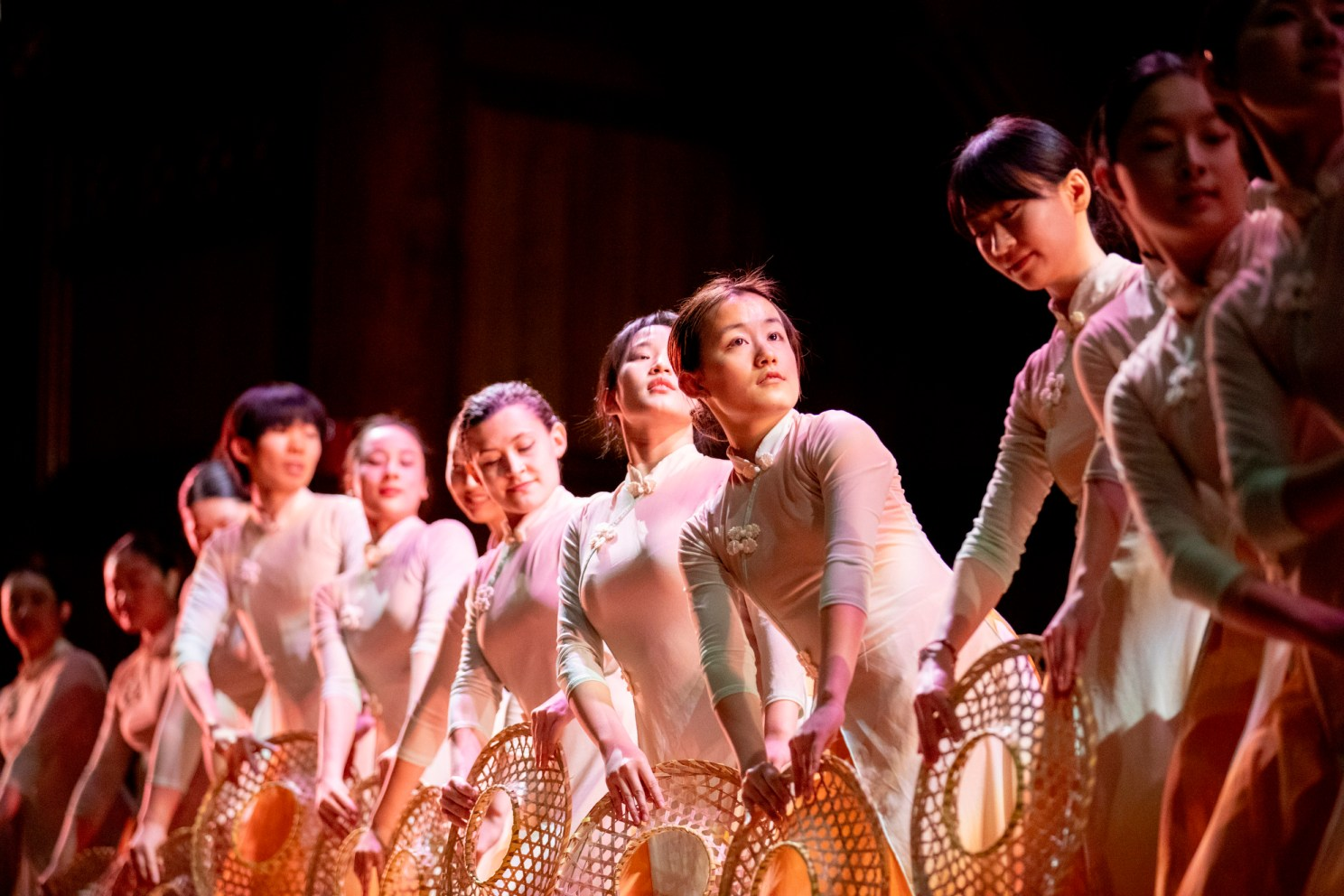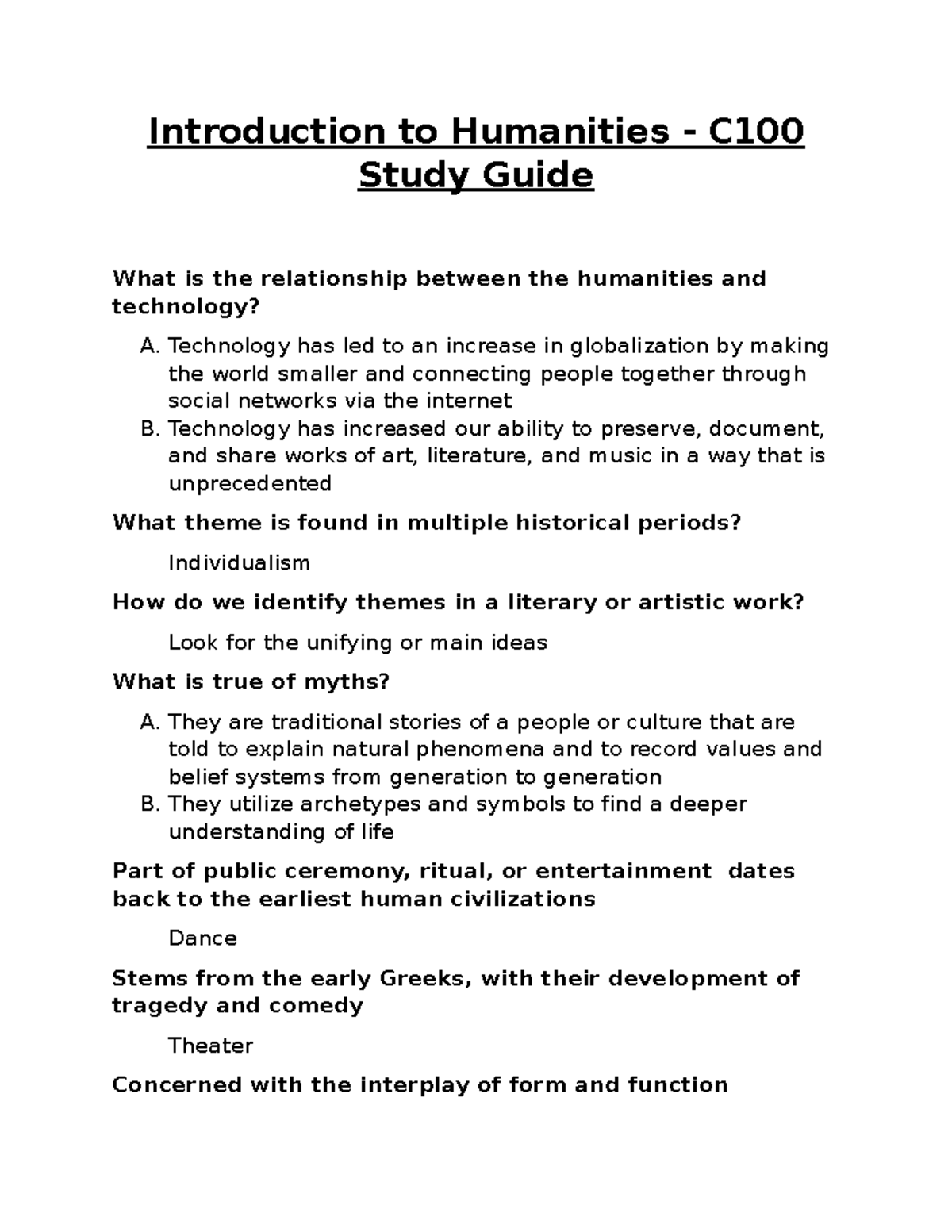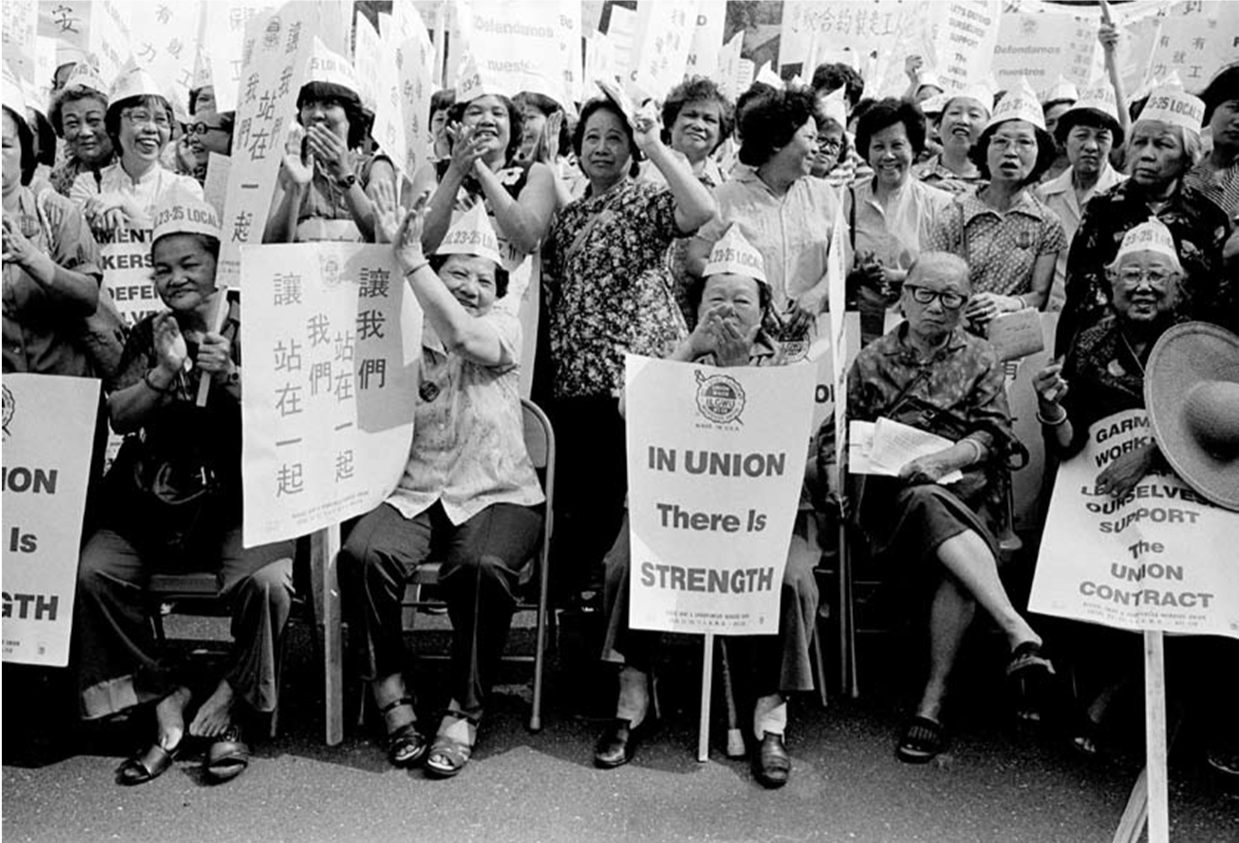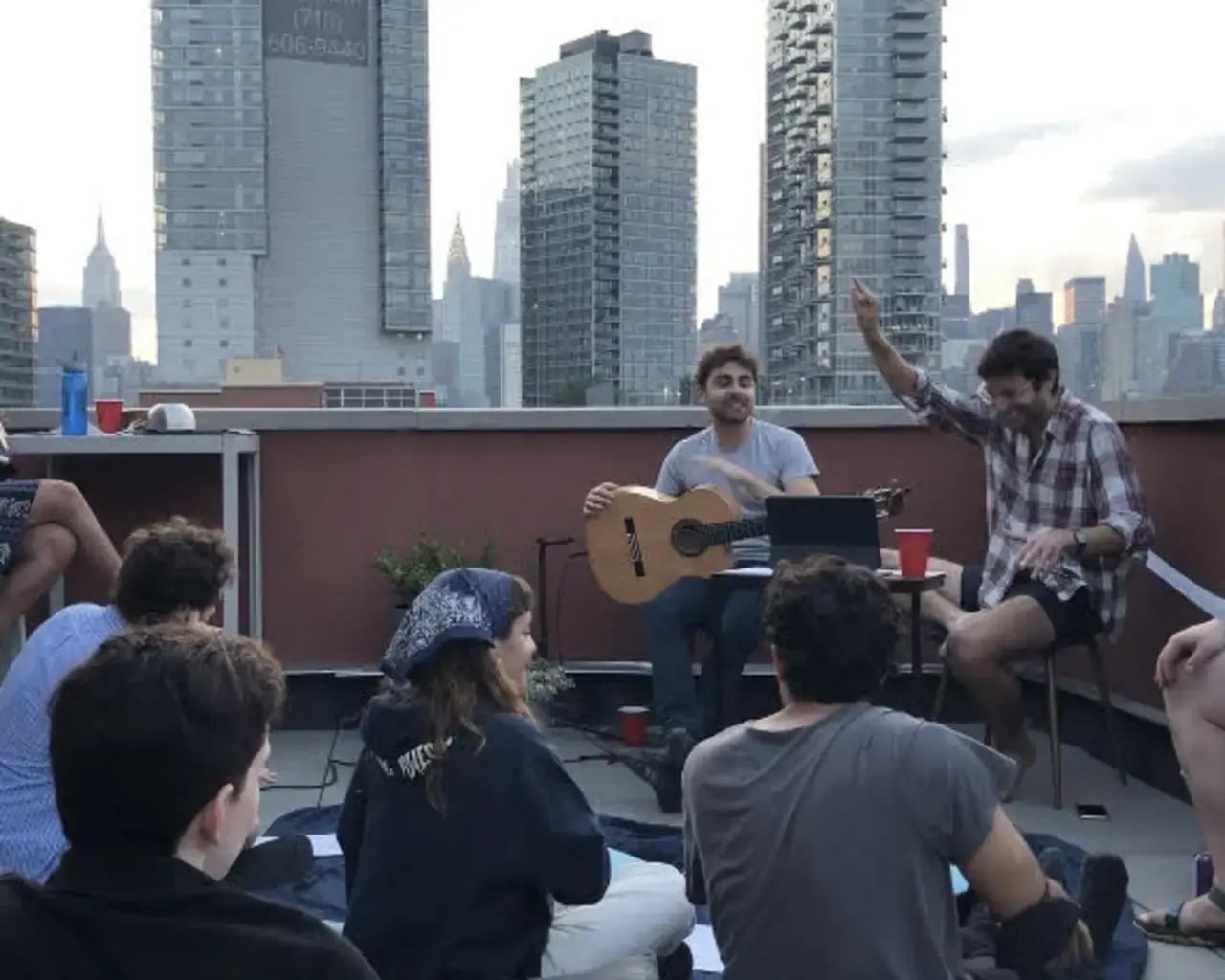Katie Kitamura, an acclaimed author and recently named Guggenheim Fellow, has captivated readers with her compelling novels, including her latest release, “Audition.” Known for her exquisite attention to language and exploration of complex themes, Kitamura often blurs the lines between genres, inviting readers into the eerie yet intimate landscapes of her characters’ lives. Through a recent interview, Kitamura shares insights into her horror inspiration, reflecting on how societal anxieties filter into her writing. As she prepares for her appearance at Harvard, discussions about her creative process reveal a fascinating interplay between performance and existential dread in her narratives. Discover how Kitamura’s unique perspective challenges conventional storytelling and resonates with the contemporary reader.
In the realm of contemporary literature, few voices resonate as powerfully as that of Katie Kitamura. Known for her inventive narratives and deep character explorations, the author’s work often delves into themes of identity and the human experience. With her recent novel, “Audition,” Kitamura engages with the complexities of personal performance amidst unsettling circumstances. Drawing from her creative journey, she navigates the blurred boundaries of reality and fiction, inviting readers to question their perceptions. As she discusses her influences and aspirations, it becomes clear why Kitamura’s contributions to modern fiction are not just noteworthy but essential in our understanding of narrative artistry.
Katie Kitamura: Master of Horror Elements in Literature
Katie Kitamura’s latest novel, “Audition,” demonstrates her compelling exploration into horror, a genre that flirts with the uncanny through the lens of everyday life. In this book, Kitamura weaves together the stressors of midlife, familial connections, and the underlying dread that can surface within seemingly normal circumstances. Through her intricate character development, she effectively plays with themes of identity and perception, crafting a narrative that leaves readers questioning the very nature of reality and familiarity. By establishing an atmosphere filled with suspense and uncertainty, Kitamura showcases her skill in using horror to shine a light on the deeper psychological fears that often accompany adulthood, making her work resonate powerfully with contemporary issues and personal introspections.
As a Guggenheim Fellow, Kitamura’s unique ability to merge genres sets her apart from many of her peers in the literary world. Her fascination with horror is not merely about depicting fear but encapsulating the unsettling complexities of relationships, especially within the microcosm of a New York City apartment. The eerie scenarios that unfold in her writing reflect not only her diverse influences, including iconic horror literature such as Shirley Jackson’s works, but also modern psychological dilemmas often faced by individuals today. Kitamura’s exploration of unfamiliarity in familiar settings invites readers into a space that reflects their own hidden anxieties, making horror a significant lens through which to view her latest work.
The Evolution of Kitamura’s Narrative Voice
Katie Kitamura’s evolution as a novelist is evident in her progression from earlier works to her latest book, “Audition.” With each story, she has intentionally crafted her narrative voice to engage deeply with the emotional undercurrents that define human relationships. In “A Separation,” she navigates the complexities of loss and uncertainty, while in “Intimacies,” the ambiguity of identity in conflict is palpable. This layering of narrative complexity prepares readers for the tension-filled storytelling found in “Audition,” where the protagonist’s reality becomes increasingly distorted within the confines of her home. Kitamura’s distinct voice allows her to explore such complexities with grace, framing the character’s struggle against the backdrop of societal expectations and personal crises.
Moreover, Kitamura’s work transcends mere storytelling; it serves as a reflection of her insights as a teacher at New York University. Through the lens of performance, her narratives focus on the roles individuals adopt and the masks they wear, a theme she has consistently returned to in her writing. This thematic exploration encourages readers to reflect on their own lives and the roles they play within their families and society, driving a home that her stories resonate on a personal level. Kitamura’s journey as a novelist, educator, and Guggenheim Fellow informs her ability to delve into complex emotional landscapes, ultimately enriching her readers’ experiences and fostering a deeper appreciation for the subtleties of life.
Decoding the Inspiration Behind “Audition”
The inspiration behind Katie Kitamura’s “Audition” speaks to her fascination with horror as a genre that encapsulates the ordinary and the uncanny. As Kitamura herself discusses, the novel arose during the pandemic, infusing her writing with a sense of claustrophobia and tension that many readers can relate to. The characters’ interactions reflect real-life stresses amplified by the constraints of their surroundings, creating an atmosphere thick with unease. By drawing upon the experiential realities of modern life, Kitamura harnesses elements of horror to project deeper fears rooted in familial relationships and the disruptions we face amid uncertainty.
Kitamura’s nod to horror is also an exploration of motherhood, a complex theme that enriches the narrative. The titular character’s journey as an actor and mother becomes emblematic of the struggles many face in balancing personal desires with family responsibilities. Using iconic works like “Rosemary’s Baby” as a backdrop for inspiration, she deftly interlaces these elements to create a haunting tale that allows readers to ponder the intricate layers of maternal identity. This nuanced approach not only serves her narrative but also invites contemplation of broader societal expectations surrounding motherhood and femininity, making her work both timely and timeless.
Katie Kitamura’s Perspective on Performance and Identity
In conversation, Katie Kitamura articulates a profound understanding of performance as a vital aspect of human interaction. Throughout her novels, she delves into how individuals navigate their identities through the roles they play in daily life. In her works, characters often grapple with the tensions between their public personas and private selves, exploring the malleability of identity. This theme resonates strongly in “Audition,” where the protagonist’s profession as an actor adds another layer to her exploration of self-perception and social connection. By framing performance as a natural part of human existence, Kitamura captures the essence of our struggles to be authentic in a world rife with expectation.
Moreover, Kitamura emphasizes that understanding how performance shapes relationships can lead to discovering deeper connections and vulnerabilities. She posits that while constructs of identity can be perceived as artificial, they are also integral to our interactions with others. This exploration not only highlights the masks we wear but also the moments when those masks slip, revealing the realities we often hide. Kitamura’s keen observations on the intricacies of identity and performance are not only compelling literary themes but also significant reflections on contemporary society’s longing for authenticity amid a backdrop of performative norms.
Katie Kitamura and the Art of Writing in Challenging Times
In an era characterized by significant sociopolitical tensions and global crises, Katie Kitamura advocates for the importance of literature and storytelling as a means to navigate such complexities. As she discusses with her writing students at NYU, the act of writing becomes a form of resistance against the homogenization of thought and expression. Kitamura’s perspective stems from her belief that fiction holds the power to reflect reality while simultaneously challenging it. This duality allows authors to explore imaginative realms that transcend the limitations of our current reality, whether through horror or other genres, thereby fostering a deeper understanding of the human experience.
Kitamura’s role as a Guggenheim Fellow further exemplifies her commitment to harnessing language as a tool for transformation and connection. In her apprehension regarding the declining appreciation for literature in a digital age, she champions the English major’s role in enriching society. By emphasizing the emotional resonance of reading, Kitamura posits that literature acts as a bridge, uniting disparate voices and fostering empathy. This belief underscores her motivation to write amidst chaos; she sees books as powerful vessels for discussion, introspection, and ultimately, change — vital in times when understanding others is imperative for collective survival.
The Impact of Katie Kitamura’s Narrative Style
Katie Kitamura’s narrative style is marked by a distinctive blend of precision and emotional depth. Her choice of language strikes a balance between the stark and the lyrical, drawing readers into the psychological landscapes of her characters. In “Audition,” she employs fragmented storytelling that mirrors the protagonist’s mental state, inviting readers to experience the disorientation that often accompanies personal crises. Through this technique, Kitamura disrupts traditional narrative structures, reflecting the chaos of familial dynamics and the uncertainties of modern life.
Furthermore, Kitamura’s writing often incorporates visual cues and sensory detail, enriching the reader’s experience. The vivid imagery that surfaces in her prose serves to heighten the thematic concerns of her works, grounding abstract ideas in concrete moments from daily life. This stylistic choice not only enhances the horror elements within her stories but also deepens the emotional connection readers develop with her characters. As a result, Kitamura’s work transcends mere storytelling, inviting audiences to engage with profound questions of identity, autonomy, and relational complexity, solidifying her place as a significant voice in contemporary literature.
Exploring the Themes of Loss and Identity in Kitamura’s Work
Throughout her oeuvre, Katie Kitamura has consistently explored the themes of loss and identity, providing insightful commentary on the human condition. In her previous works, including “A Separation” and “Intimacies,” these themes manifest through the lens of personal relationships and societal expectations. As Kitamura navigates her characters’ journeys, she illuminates the intricate layers of grief that accompany different types of loss, whether it be familial, existential, or personal. This thematic exploration serves to deepen readers’ understanding of how identity is often shaped by what is lost, creating a dynamic interplay between presence and absence.
In her most recent novel, “Audition,” loss becomes even more pronounced as the protagonist grapples with her identity amidst the chaos of her family life. The narrative poignantly illustrates how identities can fracture and reform in response to life’s challenges and uncertainties. As the character navigates her role as an actor and mother, readers are treated to a nuanced portrayal of how the struggle for self-definition can be both a source of strength and vulnerability. Kitamura’s ability to portray these themes with authenticity and depth reinforces her reputation as a remarkable storyteller, inviting readers to reflect on their own experiences of loss and the complexities of identity in a rapidly changing world.
The Role of Language in Katie Kitamura’s Storytelling
Language plays a crucial role in Katie Kitamura’s storytelling, serving as the backbone of her exploration of nuanced themes such as identity, performance, and existential dread. Her command of language allows her to paint intricate emotional landscapes that resonate deeply with readers. In works like “Intimacies,” Kitamura employs carefully chosen words to convey the reminder that language can both reveal and obscure truth. By manipulating the rhythm and flow of her prose, she creates moments of tension and release that mirror her characters’ inner struggles.
Moreover, Kitamura’s reflections on the power of words extend beyond technique; they delve into the purpose of writing itself. In her discussions, she emphasizes the significance of precision and care in language, particularly in times where misinformation runs rampant. Her belief that every story has the potential to shape reality underscores her commitment to crafting narratives that are not only engaging but also thought-provoking. This dedication to language as a tool for connection ultimately enriches her storytelling, establishing her work as a crucial voice in contemporary literature, capable of addressing the pressing challenges of today.
Katie Kitamura: Navigating Privacy and Disclosure in Relationships
In her narratives, Katie Kitamura adeptly navigates the complexities of privacy and disclosure within relationships, unraveling the threads that connect individuals across emotional landscapes. In “Audition,” the underlying tension that emerges from the protagonist’s interactions with her family prompts an exploration of how relationships are often built upon unspoken truths. Kitamura suggests that the illusion of complete transparency may not be only a myth but also a potentially damaging expectation within intimate relationships. This tension invites readers to reflect on the boundaries of privacy and the delicate balance that defines personal connections.
Further, Kitamura’s examination of privacy elevates the exploration of how individuals maintain their identities amidst relational demands. As her characters grapple with the necessity of performance in their interactions, the quest for authentic connection leads to questions about what is truly knowable about one another. Kitamura’s insight into the human psyche reveals that while we yearn for closeness, the right to keep certain parts of ourselves hidden is equally vital. This nuanced approach not only enriches her storytelling but also resonates with readers caught in similar dilemmas, making her exploration of privacy in relationships a compelling aspect of her literary contributions.
Frequently Asked Questions
What are the themes explored in Katie Kitamura’s latest novel ‘Audition’?
Katie Kitamura’s latest novel, ‘Audition’, delves into themes of identity, performance, and the uncanny sensations of midlife. The narrative presents a central character navigating uncertainty within her familial relationships, focusing on how perception of familiar individuals can shift dramatically. The book is interwoven with elements of horror, reminiscent of classics like ‘Rosemary’s Baby’, as it examines the eerie aspects of everyday life.
How has Katie Kitamura integrated horror inspiration in her writing?
In her works, especially in ‘Audition’, Katie Kitamura draws upon horror inspiration by exploring domestic settings that unveil unsettling truths. She cites her desire to craft a narrative that embodies the psychological tension and anxiety common in horror fiction, particularly focusing on the moments when familiar relationships begin to feel alien.
What is the significance of the title ‘Audition’ in Katie Kitamura’s new novel?
The title ‘Audition’ reflects the central character’s role as an actress, highlighting the themes of performance and the complex ways individuals present themselves to one another. Katie Kitamura uses this concept to explore how identity is often shaped through the roles we play in our daily lives and how this performance can obscure authentic self-disclosure.
In what ways does Katie Kitamura’s writing reflect her experiences as a Guggenheim Fellow?
Being named a 2025 Guggenheim Fellow has allowed Katie Kitamura to deepen her exploration of literature and its impact. This recognition not only highlights her contributions to fiction but also enhances her ability to engage with complex themes in her writing, as seen in ‘Audition’, where she reflects on societal complexities and personal realities.
What is Katie Kitamura’s perspective on the power of fiction amidst current societal challenges?
Katie Kitamura believes that fiction holds significant power, especially in times of societal crisis. She emphasizes that the ability to articulate and imagine new realities through storytelling can challenge existing narratives and foster connection among individuals. Her commitment to writing fiction during critical periods underscores its potential as a tool for change and understanding.
Can you discuss the influence of performance and privacy in Katie Kitamura’s novels?
Performance and privacy are recurring motifs in Katie Kitamura’s novels. She examines how individuals navigate their identities through performance and the inherent privacy that exists in relationships. This theme is particularly evident in ‘Audition’, where the protagonist’s experiences reveal the complexities of knowing oneself and others within the confines of personal and familial spaces.
How does Katie Kitamura’s teaching at NYU influence her writing?
Katie Kitamura’s role as a teacher at New York University enriches her writing by fostering a continual engagement with literary concepts and new perspectives. Educating students about the significance of narrative and language sharpens her own narrative craft, which is evident in the nuanced storytelling of her novel ‘Audition’.
| Key Point | Details |
|---|---|
| Katie Kitamura’s New Novel | Her latest book, ‘Audition’, explores themes of performance, family dynamics, and horror. |
| Thematic Elements | The book examines midlife uncertainty and the uncanny, drawing comparisons to classics like ‘Rosemary’s Baby’. |
| Pandemic Influence | Though unintentional, the novel reflects pandemic experiences of confinement and familial tensions. |
| Role of Performance | Kitamura suggests that performance shapes identities and relationships, revealing the complexities of human connections. |
| The Importance of Fiction | In an era of crisis, Kitamura emphasizes the power of fiction to inspire change and foster connection. |
Summary
Katie Kitamura’s explorations of human relationships and the intricacies of performance resonate deeply in her latest novel, “Audition.” By intertwining themes of horror and personal dynamics, she paints a vivid picture of life’s uncertainties. In a time where fiction has never seemed more vital, Kitamura compellingly argues for its power to evoke empathy and imagination, reminding us of its essential role in understanding our reality.
